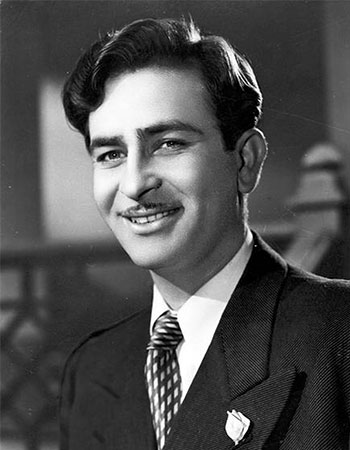A Mirror to Post-Independence India
Raj Kapoor, often referred to as the “Showman of Indian Cinema,” crafted films that went beyond mere entertainment. His cinematic creations reflected the aspirations, struggles, and dreams of post-independence India, weaving societal concerns with emotional and poetic storytelling. Kapoor’s work remains timeless, resonating with audiences across generations for its poignant portrayal of human experiences.
Barsaat (1949): Tradition vs. Modernity
In Barsaat, Kapoor delved into the conflict between tradition and modernity. The film critiques rigid social structures, exploring how love can act as a transformative force, bridging gaps and challenging conventions. It set the tone for Kapoor’s commitment to addressing social issues with emotional depth.
Awaara (1951): Poverty, Class, and Justice
Awaara examines themes of poverty, class divide, and the judicial system. Through the story of its protagonist, the film raises a critical question: Do circumstances define an individual’s morality? Kapoor’s portrayal of societal inequality and systemic flaws struck a chord with audiences, making it a classic.
Shree 420 (1955): Rural Innocence vs. Urban Corruption
In Shree 420, Kapoor juxtaposed the simplicity of rural life with the moral decay of urban spaces. The film critiques societal greed and materialism while shedding light on the plight of migrants seeking opportunities in cities. The iconic song “Mera Joota Hai Japani” became a symbol of the common man’s resilience and optimism.
Jagte Raho (1956): Urban Hypocrisy and Class Divide
Jagte Raho explores the mistrust and divides within urban society. The story of a poor villager navigating the city’s hypocrisies underscores the stark realities of economic inequality. Kapoor’s subtle yet powerful commentary on societal structures made the film a masterpiece of social realism.
Teesri Kasam (1966): Exploitation of Rural Artistry
In Teesri Kasam, Kapoor highlights the exploitation of rural artists and the erosion of traditional values due to industrialization and urban migration. The film’s poetic narrative and symbolism reflect the loss and resilience of India’s cultural heritage.
A Blend of Realism and Symbolism
Raj Kapoor’s cinema was not merely a mirror to society but a dream-like portrayal of hope, change, and resilience. Through iconic characters and poignant storytelling, he made social issues relatable to the masses. His poetic realism and symbolic imagery ensured his films would remain timeless, continuing to inspire and resonate with audiences.
Raj Kapoor’s work stands as a testament to the transformative power of cinema, blending entertainment with meaningful commentary on society.
Nihal Dev Dutta
